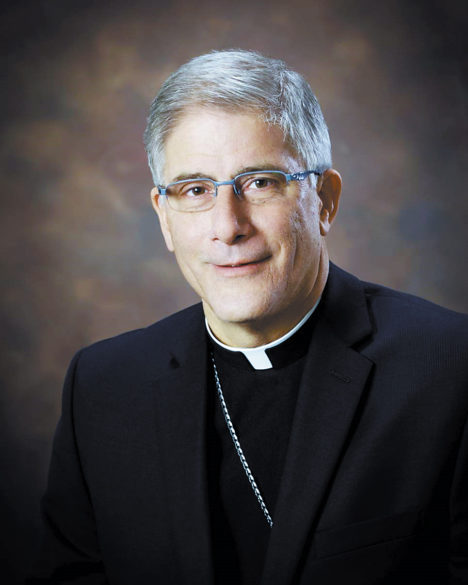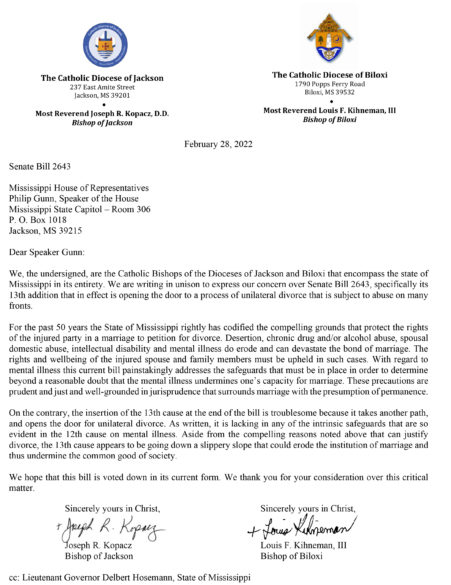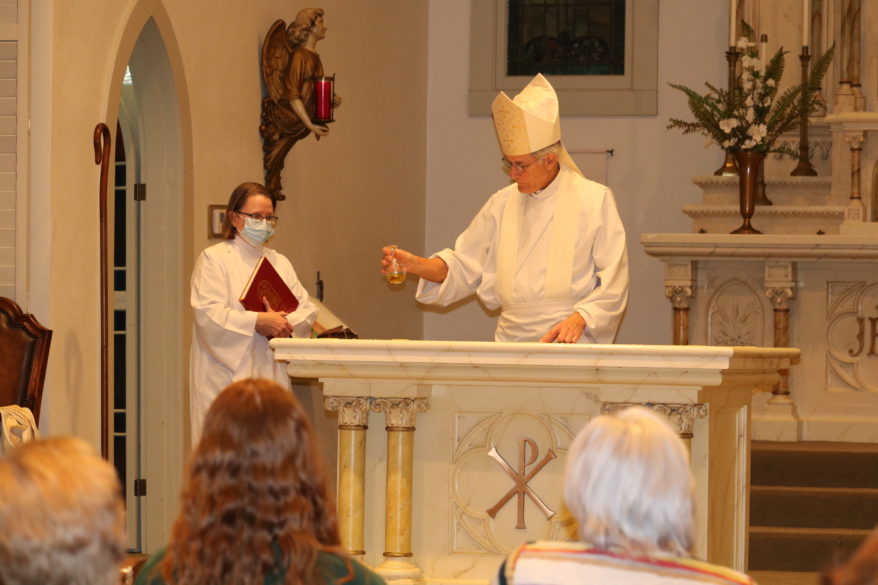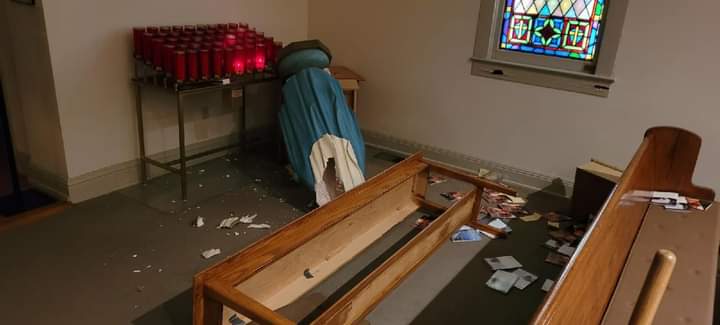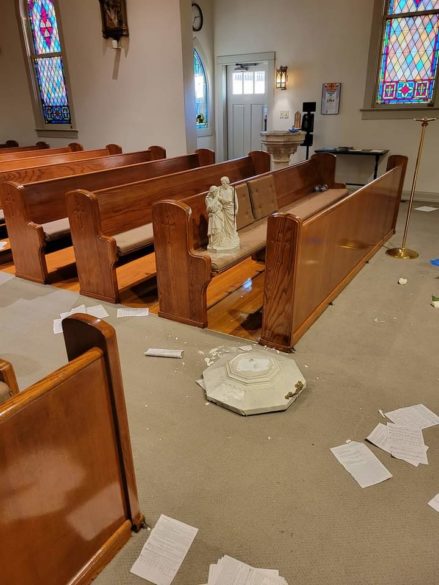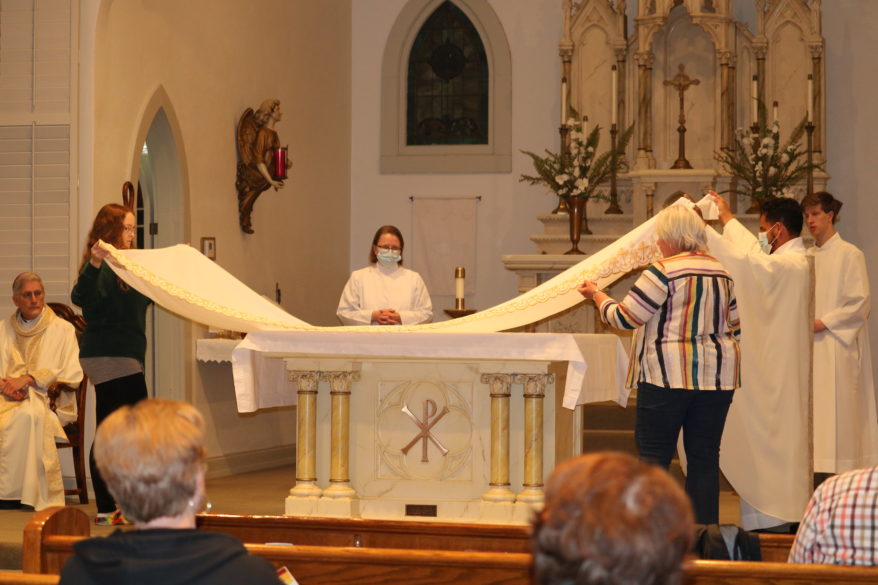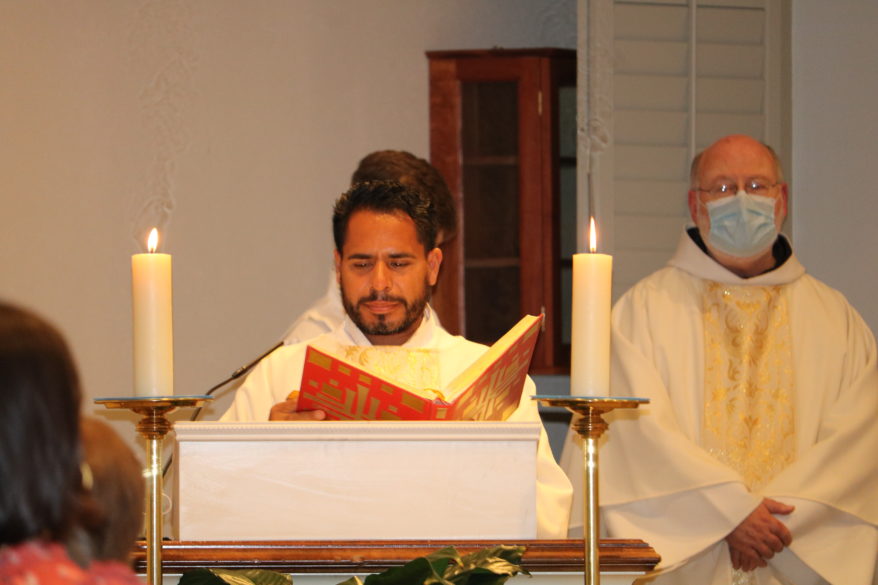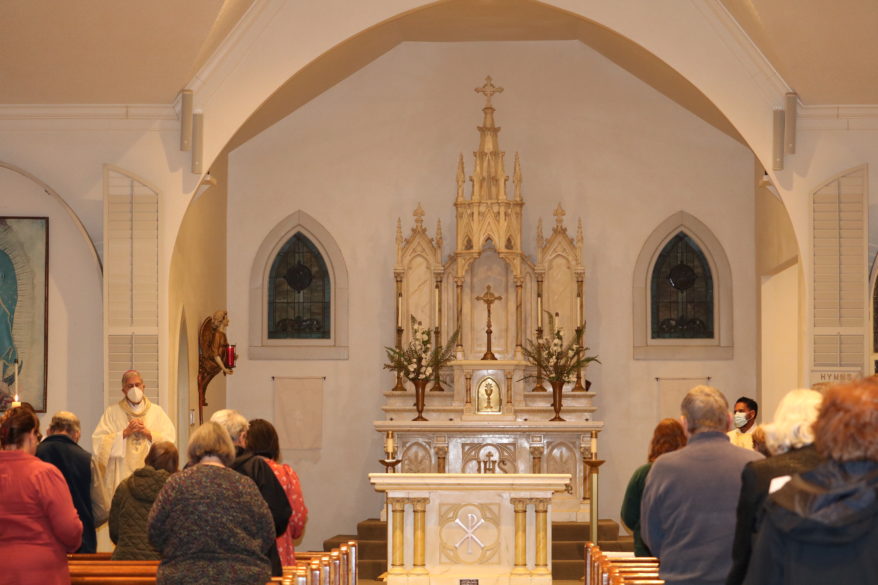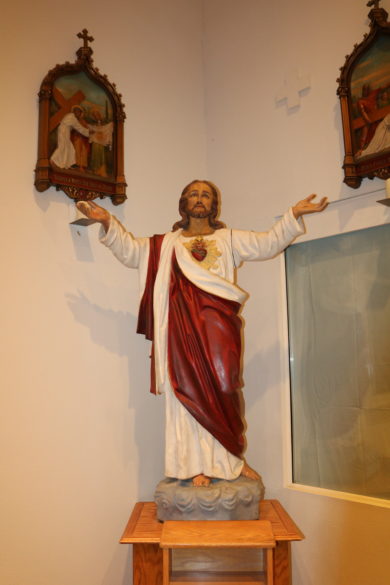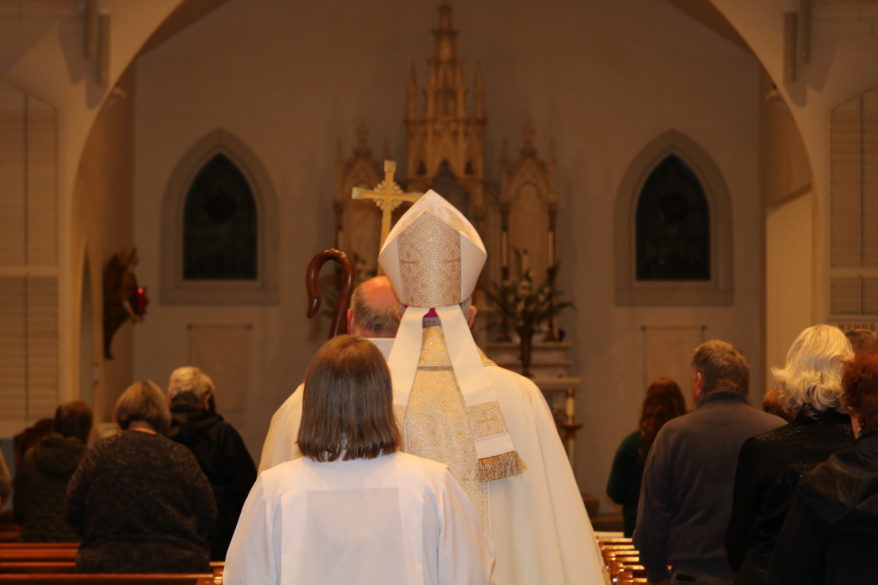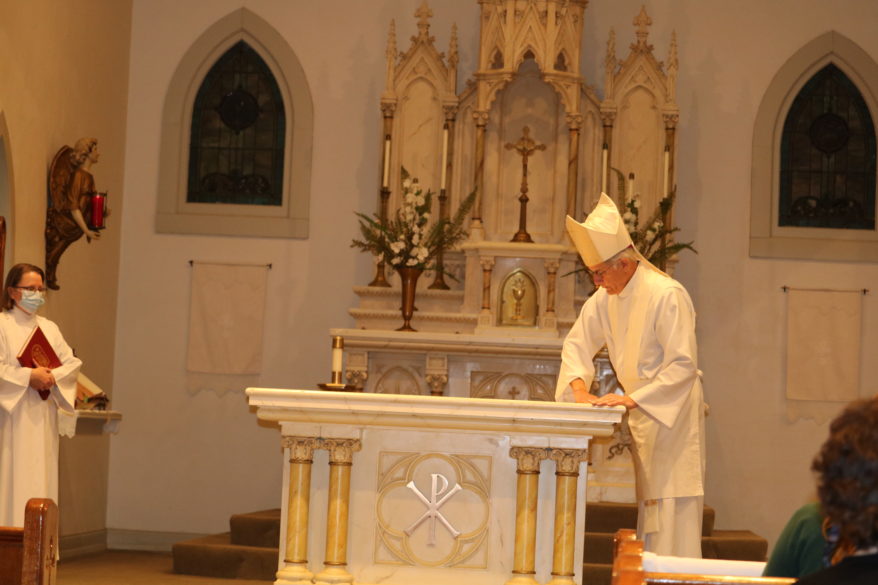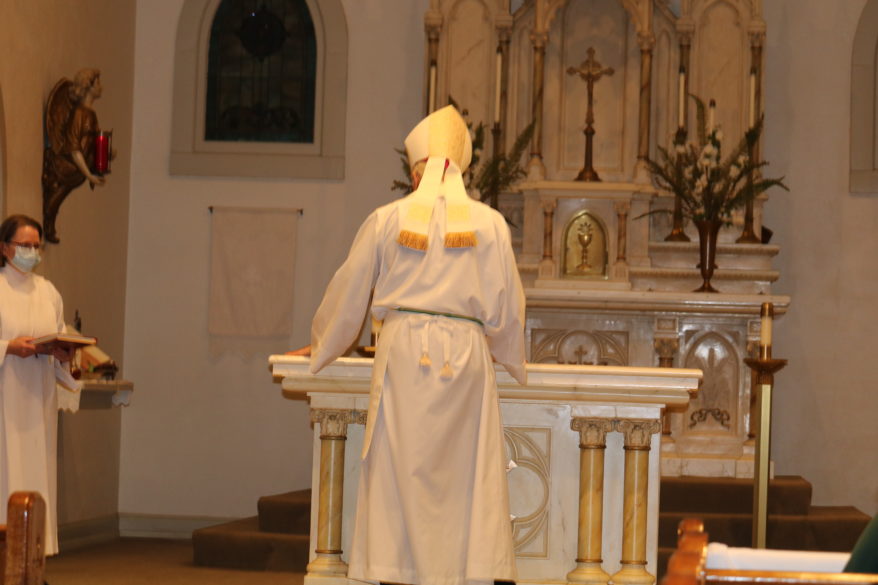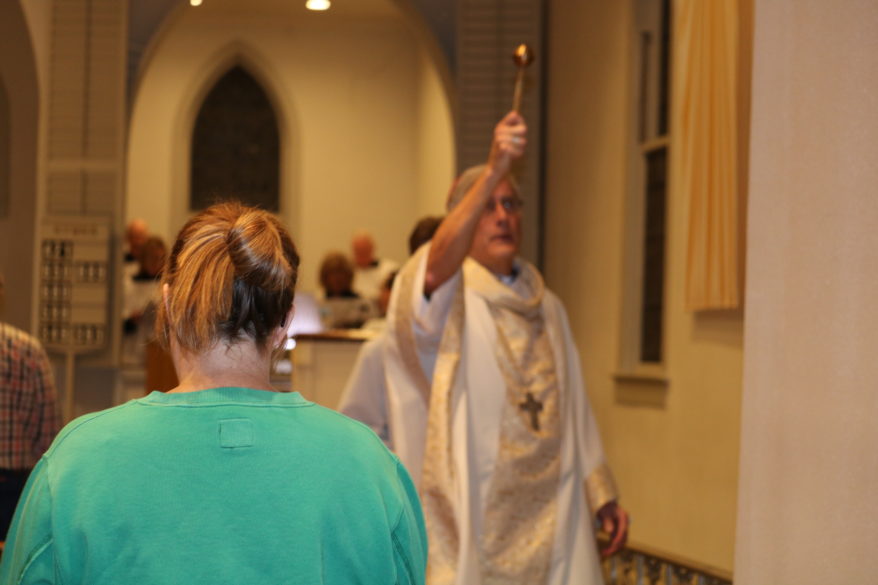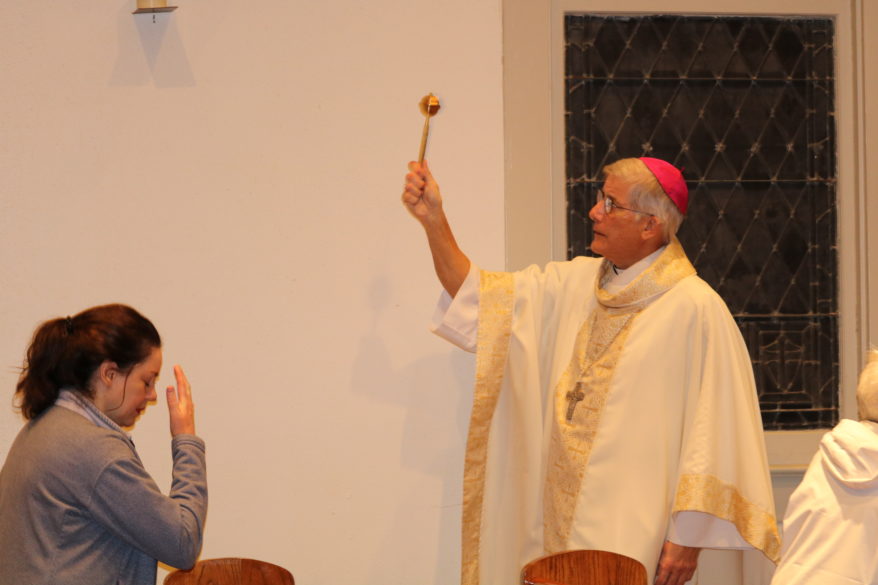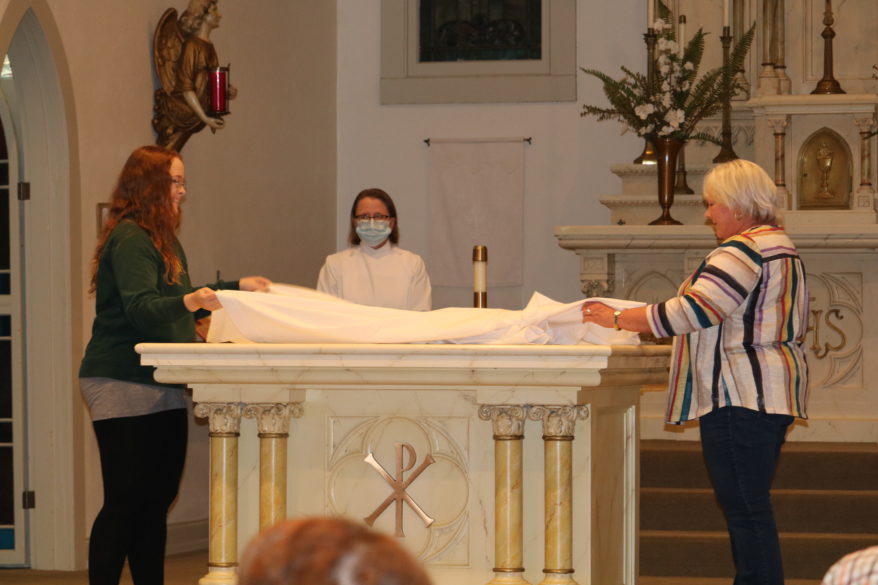Por Obispo Joseph R. Kopacz, D.D.
La fiesta de la Anunciación, el 25 de marzo, celebra el momento en que María accede con todo asombro y misterio a ser la madre del Hijo amado de Dios. Este año adquiere un significado adicional en respuesta al llamado del Papa Francisco a la iglesia para consagrar Rusia y Ucrania al Inmaculado Corazón de María.
Desde hace casi un mes, hay una súplica y oración desesperadas por la paz para el pueblo de Ucrania. Nuestra oración no se limita a este conflicto, sino que se extiende a todas las naciones devastadas por la guerra en nuestro mundo. Sin embargo, la inspiración para consagrar una nación, en particular Rusia, afligida por el comunismo, al Inmaculado Corazón de la Santísima Madre se originó en Nuestra Señora de Fátima, en base a las apariciones relatadas en 1917 por los tres niños pastores en Cova da Iria, en Fátima, Portugal.

Los tres niños eran Lucía Dos Santos y sus dos primos Francisco y Jacinta Marto. Las apariciones ocurrieron entre el 13 de mayo de 1917 y el 13 de septiembre de 1917. La consagración de Rusia al Inmaculado Corazón de María se solicitó por primera vez el 13 de julio de 1917, cuando se desató la Primera Guerra Mundial y avanzaba la amenaza del comunismo.
La decisión del Papa Francisco de consagrar Rusia y Ucrania al Inmaculado Corazón de María en la Solemnidad de la Anunciación llega en otro momento crucial para la iglesia y el mundo. Los obispos del Rito Latino de Ucrania hicieron el llamamiento al Papa Francisco después que Rusia lanzara su invasión, hace un mes, el 24 de febrero.
Esta no es la primera vez que el Obispo de Roma y Vicario de Cristo consagra naciones y pueblos al Inmaculado Corazón de María. Después del atentado contra su vida en 1981, el Papa San Juan Pablo II inmediatamente pensó en consagrar el mundo al Inmaculado Corazón de María y él mismo compuso una oración que llamó un “Acto de Encomienda”, que fue celebrado en la Basílica de Santa María la Mayor el 7 de junio de 1981, en la solemnidad de Pentecostés. La porción siguiente es la que se refiere específicamente al Acta de Encomienda:
“Madre de los hombres y de los pueblos, Tú conoces todos sus sufrimientos y sus esperanzas, Tú sientes maternalmente todas las luchas entre el bien y el mal, entre la luz y las tinieblas que sacuden al mundo, acoge nuestro grito dirigido en el Espíritu Santo directamente a tu Corazón y abraza con el amor de la Madre y de la Esclava del Señor a los que más esperan este abrazo, y, al mismo tiempo, a aquellos cuya entrega Tú esperas de modo especial. Toma bajo tu protección materna a toda la familia humana a la que, con todo afecto a ti, Madre, confiamos. Que se acerque para todos, el tiempo de la paz y de la libertad, el tiempo de la verdad, de la justicia y de la esperanza.”
Para responder más plenamente a las peticiones de Nuestra Señora, el Santo Padre quiso hacer más explícito el Acta de Encomienda durante el Año Santo de la Redención del 7 de mayo de 1981, que había sido repetida en Fátima el 13 de mayo de 1982.
El 25 de marzo de 1984 en la Plaza de San Pedro, recordando el fiat pronunciado por María en la Anunciación, el Santo Padre, en unión espiritual con los Obispos del mundo, que habían sido convocados de antemano, encomendó a todos los hombres y mujeres de todos los pueblos al Inmaculado Corazón de María, en términos que recordaron las sentidas palabras pronunciadas en 1981.
En una carta manuscrita de 1989, la Hermana Lucía dijo que la consagración del mundo entero al Inmaculado Corazón de María por parte del Papa Juan Pablo II fue “aceptada en el cielo.” La Congregación para la Doctrina de la Fe del Vaticano dijo que la consagración se completó a satisfacción de la hermana Lucía. “La decisión del Santo Padre Juan Pablo II de hacer pública la tercera parte del «secreto» de Fátima cierra una página de historia, marcada por la trágica voluntad humana de poder y de iniquidad, pero impregnada del amor misericordioso de Dios y de la atenta premura de la Madre de Jesús y de la Iglesia.” (El Mensaje de Fátima, 2000)
El viernes 25 de marzo habrá oraciones de consagración subiendo al cielo desde todo el mundo.
Nuestra diócesis se solidarizará con la iglesia universal con una hora santa especial de consagración a las 11 a.m. en la Catedral de San Pedro Apóstol en Jackson, seguida de una Misa por la Solemnidad de la Anunciación. Asimismo, habrá oración a través de toda la diócesis.
El Cardenal Ratzinger como jefe de la Congregación para la Doctrina de la Fe escribió en el documento de 2000, “El Mensaje de Fátima” que “…creemos que la acción de Dios, Señor de la historia y la corresponsabilidad de hombres y mujeres en el drama de la libertad creadora de Dios, son los dos pilares sobre los que se construye la historia humana. Nuestra Señora, que se apareció en Fátima, recuerda estos valores olvidados. Ella nos recuerda que el futuro de la humanidad está en Dios y que somos socios activos y responsables en la creación de ese futuro.”
Lo siguiente es un extracto de las oraciones que se elevarán como incienso en la Solemnidad de la Anunciación.
“Santísima Virgen María, tierna Madre de los hombres y mujeres, para cumplir los deseos del Sagrado Corazón de Jesús y la petición del Vicario de Tu Hijo en la tierra, consagramos Rusia y Ucrania a tu Doloroso e Inmaculado Corazón, ¡oh!, Reina del Santísimo Rosario y encomendamos a Ti, a todo el pueblo de nuestra patria y de todo el mundo. Por favor acepta nuestra consagración, Madre queridísima, y úsanos como Tú deseas para realizar Tus designios en el mundo.”

